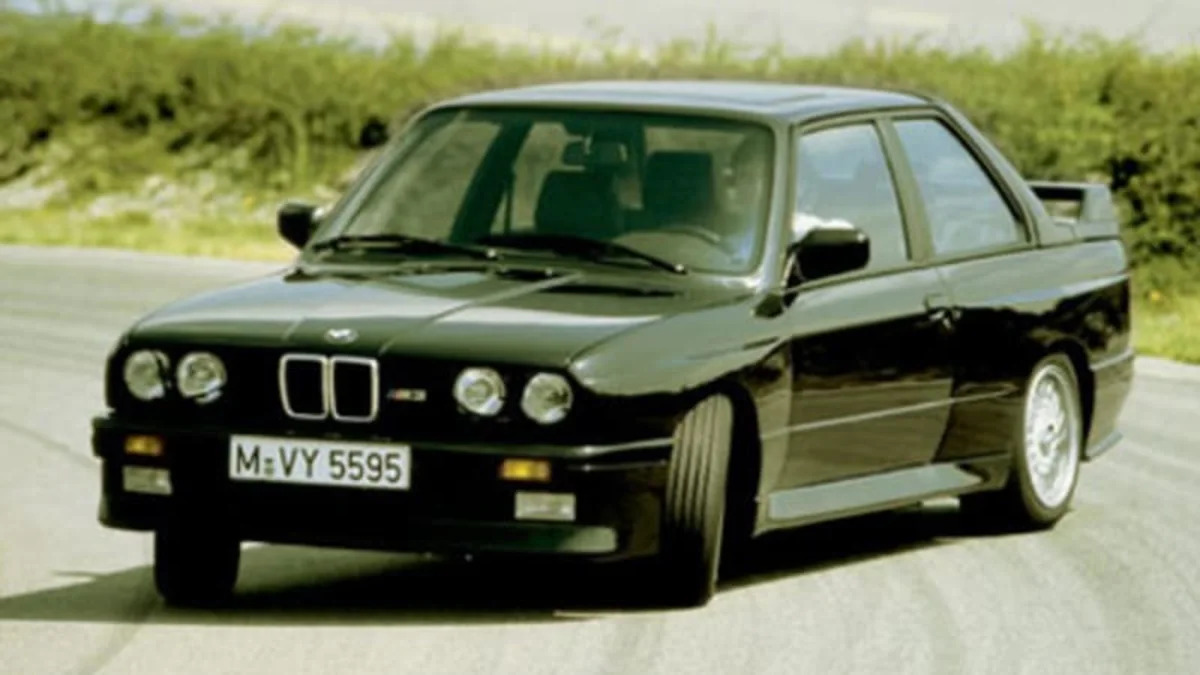Since the debut of the original BMW M3 in the mid-eighties, the high-performance editions of most of BMW models have garnered plenty of praise for their dynamic abilities. Unfortunately, over several generations, the M3, M5, and M6 have grown progressively porkier as they have grown more powerful. The engines have grown from the original four and six cylinder units to six, eight and then ten cylinder units.
As gas prices continue to climb and revised CO2 and fuel consumption regulations hover on the horizon, BMW looks set to join the likes of Volkswagen, Ford and others as displacements and cylinder counts are reduced. BMW has already introduced turbocharged four, six and eight cylinder engines in recent models and these engines, combined with reductions in mass, are likely to result in both increased performance and efficiency in the next generation models from the M division.
[Source: Auto Motor und Sport via Autoblog and TTAC]
As gas prices continue to climb and revised CO2 and fuel consumption regulations hover on the horizon, BMW looks set to join the likes of Volkswagen, Ford and others as displacements and cylinder counts are reduced. BMW has already introduced turbocharged four, six and eight cylinder engines in recent models and these engines, combined with reductions in mass, are likely to result in both increased performance and efficiency in the next generation models from the M division.
[Source: Auto Motor und Sport via Autoblog and TTAC]


Sign in to post
Please sign in to leave a comment.
Continue